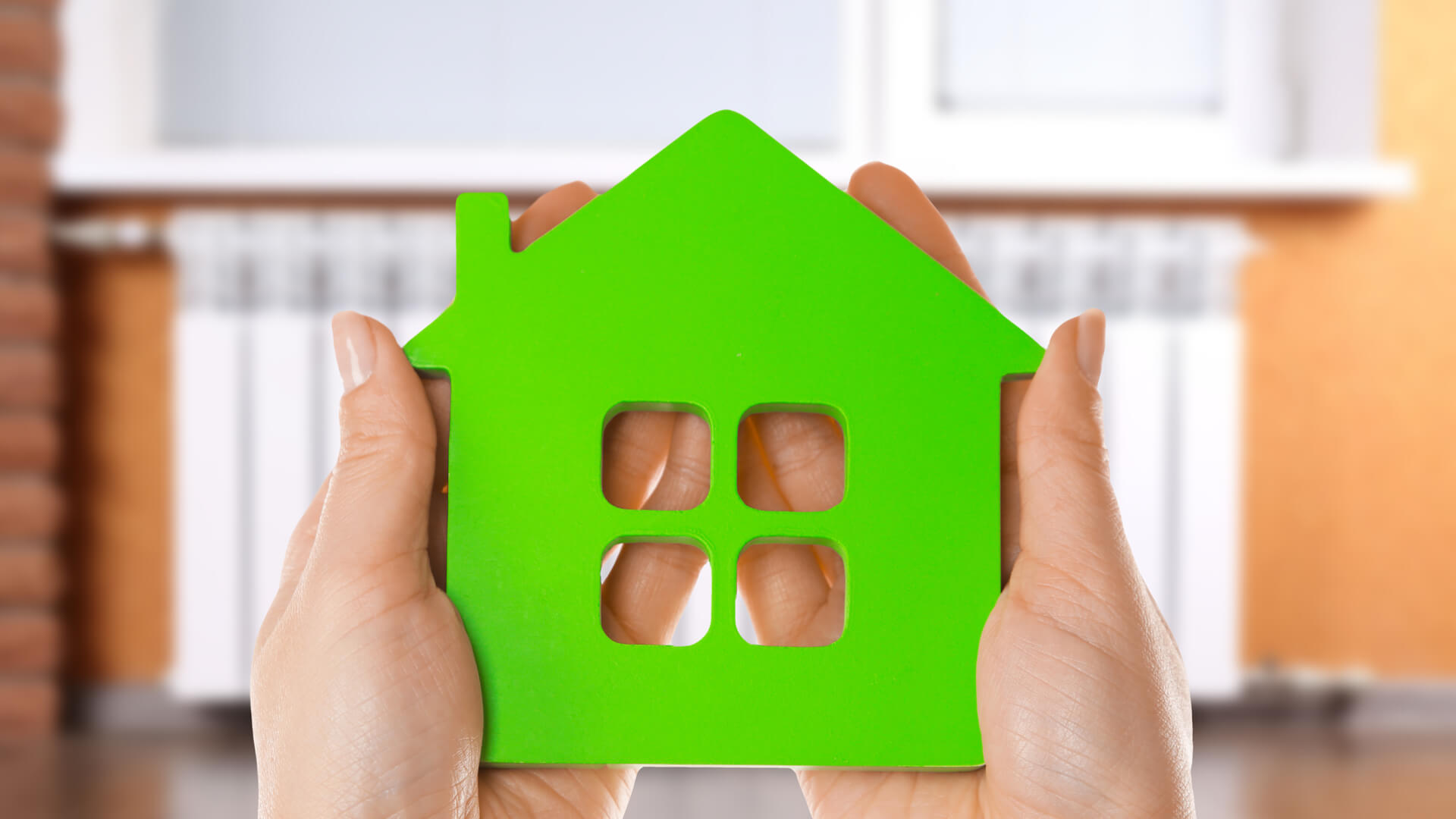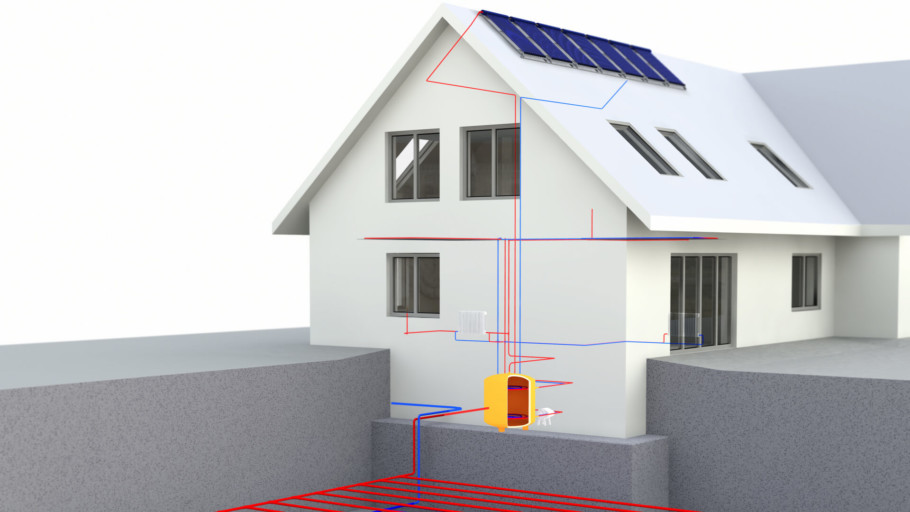Geothermal HVAC: What You Need to Know
Fossil fuels are finite, and someday, we will exhaust our supply. Burning gas, oil, and coal is also a dirty process that contributes to pollution and poor air quality, so switching to renewable energy is a smart thing to do.
More and more people are turning to alternative ways to heat and cool their homes, with geothermal energy regarded as the greenest form of power available. As long as the earth remains, there will be geothermal energy. Why doesn’t everyone opt for a geothermal HVAC system, though? Who wouldn’t want a consistent supply of free energy?
We thought we’d turn the spotlight on geothermal HVAC systems to give you the lowdown on why you should switch and what downsides (if any) you might face.
Geothermal HVAC Explained
A geothermal HVAC system works by drawing heat from the earth and transferring it to your home. Below the surface of the ground is something called the frost line; below that, the earth retains heat at a consistent temperature of around 50 degrees Fahrenheit. Geothermal HVAC systems use loop pipework and a heat pump to extract that heat and channel it into your home.
The loops are either a vertical or horizontal system of pipes fed with water and designed to soak up the heat, but geothermal energy can be utilized to cool your home too. Cooler air drawn from the ground replaces the warmer air inside your home.

Geothermal HVAC Space Requirements
Not everyone can have a geothermal HVAC system because of the way they are designed. Geothermal loop systems are best suited to properties with a decent size plot, especially if you opt for the horizontal layout.
If you live in an urban area, geothermal energy is going to be almost impossible because excavating deep into the ground could disrupt existing pipework and cables or could damage neighboring properties. If you have a large plot, live in a rural or semi-rural setting, or have a pond or lake on site, you are going to benefit from a geothermal HVAC system.
If you are building a new home, you should factor in a geothermal HVAC system because it will be cheaper than retrofitting one during a remodel. When it comes to the time to sell, expect the geothermal system to increase the value of your home.
Similarly, anyone who has found their “forever” home would benefit with such an installation because they would live in the house long enough to see the system pay for itself over the long run. Some states offer renewable energy rebate schemes, so it’s worth checking where you live to see if you quality.

Advantages of Switching to Geothermal Energy
Efficiency
Geothermal HVAC systems are up to 500 percent more efficient than standard HVAC systems. That means that for every dollar of energy the system uses, it returns up to 5 times that value in heat and cool air. In addition, installing a green HVAC system could save you up to 60 percent on your heating bills and almost 50 percent on your cooling costs.
Good for the planet
Geothermal energy is renewable, free, and will never run out. In addition, and unlike fossil fuels, it doesn’t cause lasting damage to the earth.
It has fewer moving parts
Because of the way the system is designed, there are fewer moving parts to service and less of a chance of a breakdown. This means you will be spending a lot less on general maintenance.
It’s quiet
Most of the components get placed below the ground, so you don’t have to put up with noisy fans and compressors.
Disadvantages of Switching to Geothermal Energy
Cost
It’s a harsh fact that while all that lovely energy is free, getting a system installed is far from it. Retrofitting a system in an average 2,500 square foot house would typically cost tens of thousands of dollars. This cost drops if you are having one fitted to a new build project, but you would still be looking at an install price tag of 10 or 15 times the cost of a standard HVAC system. It is worth noting that many installers tell you that the initial install costs get recouped within 10 years.
Retrofitting is difficult
As we touched on previously, the type of property and plot you have makes a huge difference. Also, if you have the space but have poor access for excavators, then the logistics might put your ambitions to the sword.
Repairs are costly
Much like getting access to underfloor heating, access to geothermal HVAC pipes and equipment is difficult because they are sunk in the ground. The cost of digging it up is significant given the equipment needed to complete the task.
Lack of installers
As geothermal energy is still relatively new, the HVAC industry has yet to catch up, so finding a qualified installer is tough. It also means that those installers who are qualified can charge more for their expertise.
Geothermal HVAC System | |
|---|---|
| Pros | Cons |
|
|
Final Thoughts
If we all had the opportunity and the budget, we’d surely opt to fit a geothermal HVAC system in our homes, but the harsh facts are that right now, it feels like having green energy is reserved for the wealthy. Renewable, free energy should be available to everyone, but where you live, how big a plot you have, and the massive installation costs will put it out of reach for most of the public.
That being said, industry reports relay that over 100,000 geothermal HVAC systems are installed every year in the United States, with significant percentage increases year on year. This gives us renewed hope for the planet along with efficient alternative ways to heat and cool our homes.

